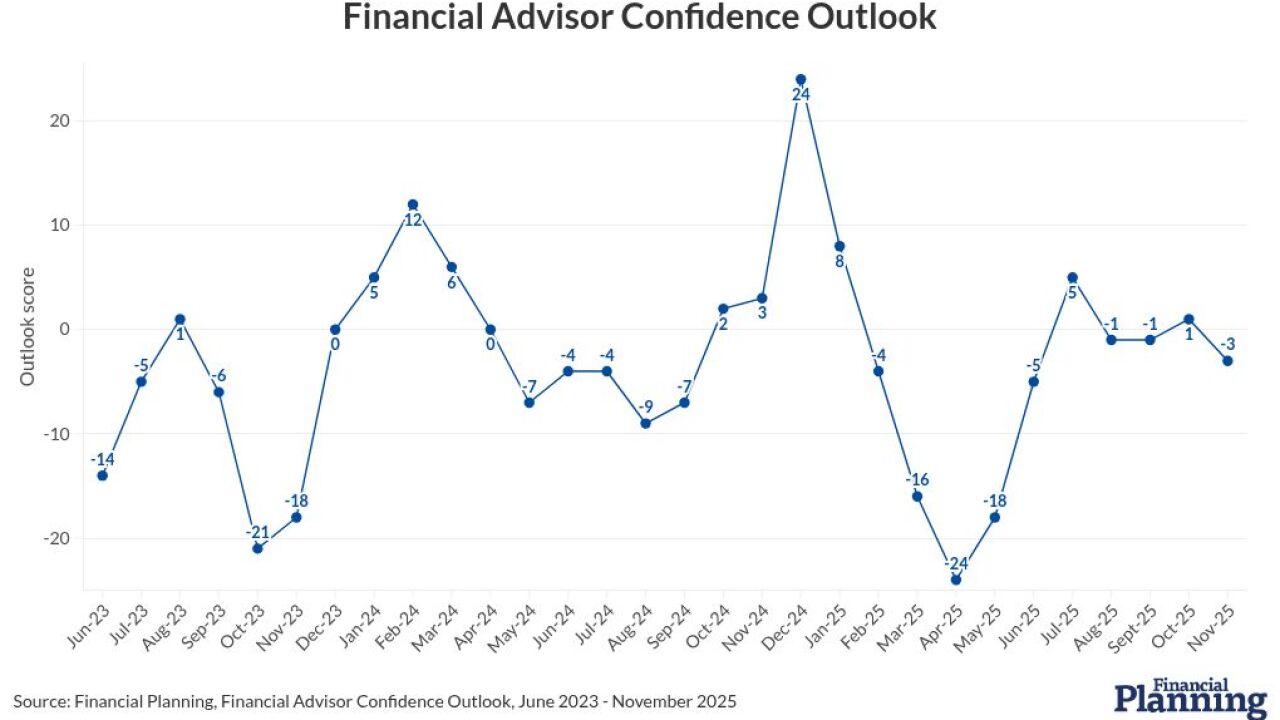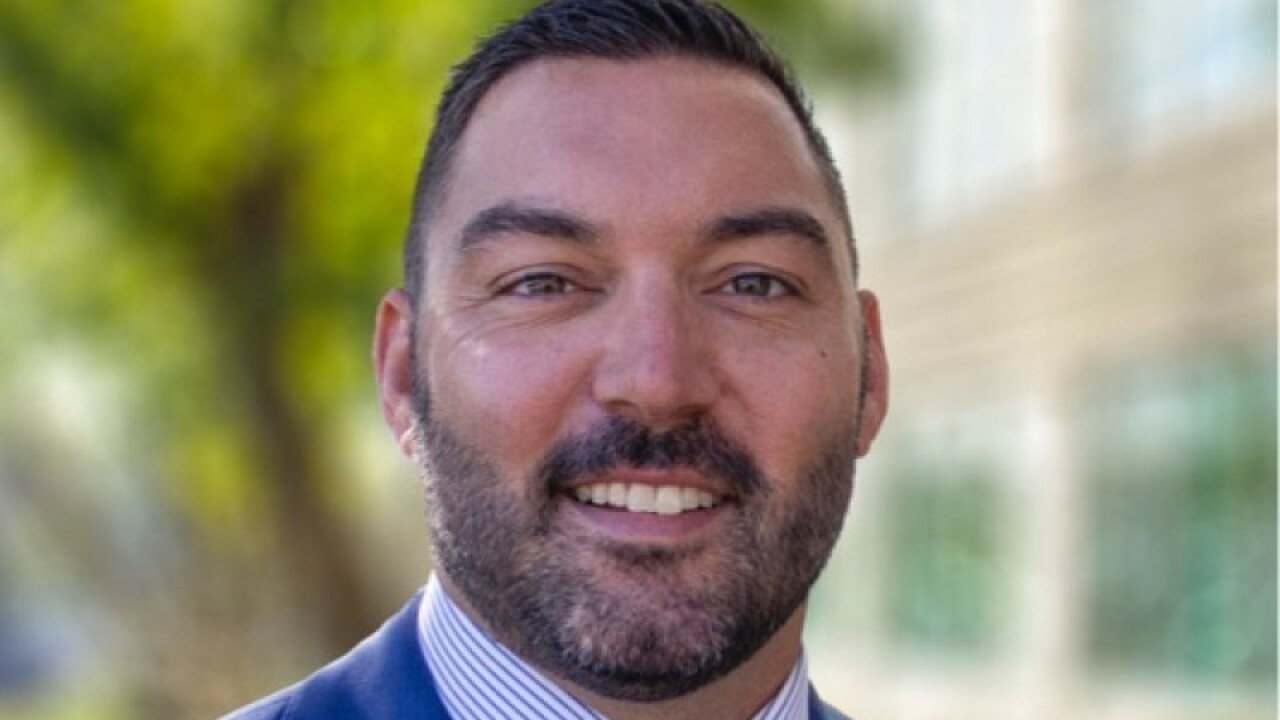Well, I hadn’t planned on writing another column so soon on what to say to clients and prospects regarding a one-off “Black Swan” event, but, none of us expected a tragedy like Japan to occur right after the Middle East blow up.
Since many of you used the letter from my
Feel free to use these talking points in conversations with clients and prospects, the media, or, shape them into a letter or blog post. They’re based on a letter our
When you talk to the public about the Japan situation, begin by recognizing this is first and foremost a human tragedy.
- The enormity of the unfolding tragedy in Japan has saddened the world. We have never seen a triple tragedy like this with an earthquake, a tsunami and a nuclear disaster all hitting one country at the same time. Like many others, we are hoping and praying the Japanese people will receive the support and resources they need for a speedy recovery.
As an advisor, one of your jobs is to prepare for and respond to unforeseen situations like Japan. Here’s how you can use the concept of the “Black Swan” popularized by Nassim Taleb to put these situations in context.
- It seems like our world has been hit with an unusually large number of Black Swan events over the past few years. Black Swan events are negative events that were once thought to be highly improbable, but actually turn out to happen every few years.
Here’s a list of Black Swan events in just the past 15 years.
o The late 1990s internet bubble and resulting crash
o The 2001 terrorist attacks
o The early 2000s real estate bubble and resulting crash
o The 2004 Indian Ocean earthquake and resulting tsunami that killed over 200,000 people
o The 2007 – 2009 Great Recession, subprime crisis and related economic problems
o The ongoing rebellion in the Middle East and North Africa
o The ongoing triple tragedy in Japan
You could then discuss your thoughts on how the most recent event in Japan is shaping your thinking. For example, the following might work for you.
- With today’s interconnected world and global communication system, we see these events unfold in near real-time and that amplifies their effect on our psyche. As a result, we have a tendency to think “this is the big one” that will takeout the world economy. However, unless the world is coming to an end—which we don’t think is happening—then the latest situation in Japan will probably cause a hiccup rather than a major burp in the ongoing worldwide recovery.
Your clients don’t expect you to predict an unpredictable future; however, they do expect you to plan for one. The next paragraph describes how you do it.
- Whenever these Black Swan events occur, it’s important to remember that while we can’t predict when they will occur or what the event will be, we do know they will happen. As such, we use certain strategies in your portfolio to help minimize the negative impact of these expected yet unpredictable events.
It’s no surprise to you that as humans, we’re emotional creatures. When three to six-sigma events like Japan happen, those emotions come flowing out of us like sweat in a hot Yoga class. And, like it or not, our emotions affect the markets. Here’s a way to put a “human” face on the markets and make a deeper connection with your clients.
- It’s interesting to note that when you get to the core of what “the market” is, it’s an assemblage of people. When disasters happen, such as in Japan, or Haiti, or Indonesia or the terrorist attacks; “the market” tends to react almost in sympathy with the external tragedy. Over time, as the external tragedy heals, “the market” tends to heal as well. This symmetry adds an almost human element to what many consider to be a cold and calculating “market.”
As humans and the markets heal from their wounds, you need to paint a positive picture of the future for your clients and prospects.
- Over time as Japan moves from crisis to closure, we expect the world will continue its march toward progress and the markets will resume their positive momentum. Japan’s own history of recovering from World War II gives us an example of their resilience. For example, a March 19,
Wall Street Journal article stated, “from 1950 to 1960, in the heyday of the ‘economic miracle’ that followed World War II, Japanese stocks returned an annual average of 27% after inflation.” We’re not predicting a repeat of that over the next 10 years; rather, it illustrates how Japan has bounced back from severe devastation in the past.
You can close your comments about Japan by circling back to the human tragedy and your role as a financial advisor.
- As humans, we are keenly aware of the pain and suffering these tragic world events inflict upon our collective community. As advisors, we try to ensure that this pain and suffering doesn’t spill over to your portfolio.
As a financial professional, you are uniquely positioned to work with your clients and help them process and adjust to Black Swan events like Japan. I hope these talking points enhance your preparation for those conversations. If you have other talking points to share with the advisor community, please add them through the discussion link below.
Finally, I want to share an old Eskimo Proverb that seems quite fitting in these difficult times: “Perhaps they are not stars, but rather openings in heaven where the love of our lost ones pours through and shines down upon us to let us know they are happy.”
Steve Sanduski, CFP, is the managing partner of Peak Advisor Alliance, a financial advisor coaching and practice management resources organization. He is also a New York Times Bestselling author and co-author of Tested in the Trenches: A 9 Step Plan for Building and Sustaining a Million-Dollar Financial Services Practice. For more from Sanduski, visit his





